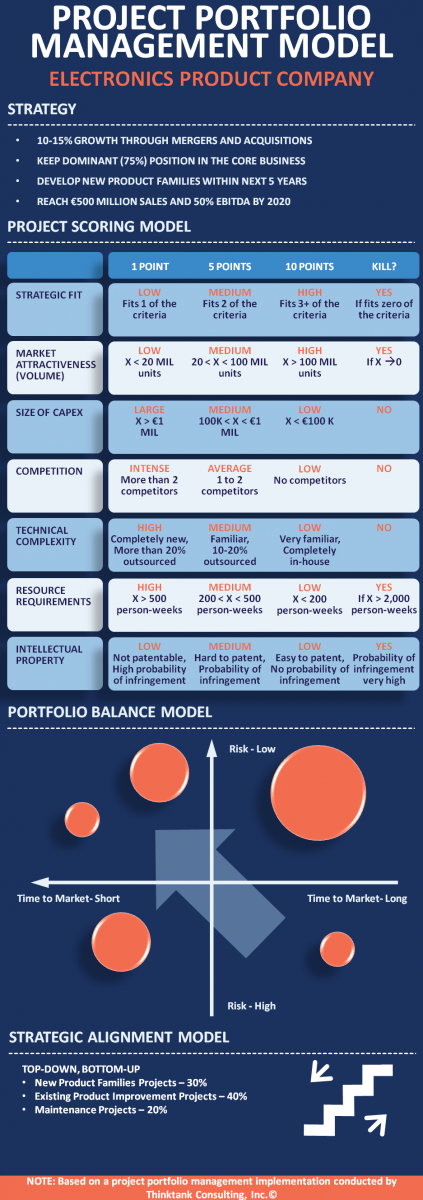Article - Project Portfolio Management: How to Maximize the Number of Project Proposals?
Submitted by Jamal Moustafaev on Tue, 06/27/2017 - 09:31
My recently published article “Why Should You Try to Generate as Many Project Proposals as Possible” has generated a lot of interest here and several of my friends reached out to me on various forums with the following question:
OK, we get that you need to generate as many project proposals as possible. But how do you do that?
One of the first steps to collecting the maximum possible number of proposals is to make the submission process simple. One of the tricks used by some of my clients was to publish the finalized version of the scoring model on the company Intranet that was accessible to all company employees. Another organization went as far as printing the scoring model on large posters and hanging them around their company's office, including the offices of the key decision makers (see Table 1).
Table 1
Some other valuable strategies for maximizing the number of project proposals include:
- Allowing your employees to participate in the preliminary ranking processes
- Rewarding your workers financially for successful ideas
- Running contests for the best project ideas
- Inviting your customers, vendors and suppliers to participate in the process
- Making the proposal submission process as easy and transparent as possible
- Demonstrating the positive impact on sales
- Publishing the final approved project list with the scores each proposal has generated (see Table 2).
Table 2

